Same combustion performance or not between wood pellet & biomass pellet?
in the current context for clean and renewable energy, people pay more attention for the wood pellets and biomass pellets as an important sources of biomass fuel. So what's the difference between them? In terms of raw material selection, pelletizing method, heating value, and ash content. This article aims to compare these differences between wood pellets and biomass pellets.
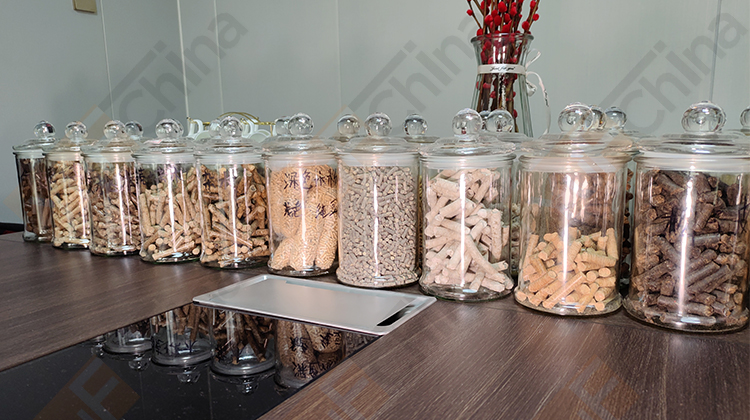
Difference Raw Materials:
Wood pellets are typically made from wood logs or wood waste generated during wood processing or from wood shavings, whereas biomass pellets can be derived from various biomass materials such as agriculture waste like paddy straw, corn stalk, rice husk, etc. This distinction leads to variations in raw material selection.
Different Pelletizing methods:
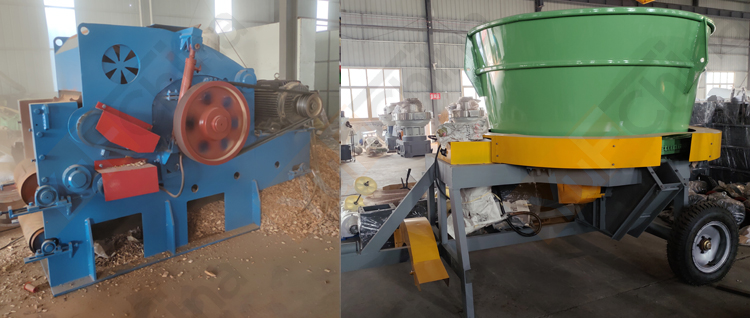
Wood pellets and biomass pellets also differ in their processing methods. Wood pellets may focus more on wood shaving and treatment processes, while the production of biomass pellets may involve handling and blending different types of biomass. Consequently, the final pellets differences in density, heating value, and moisture content.
Different in Heating Value:
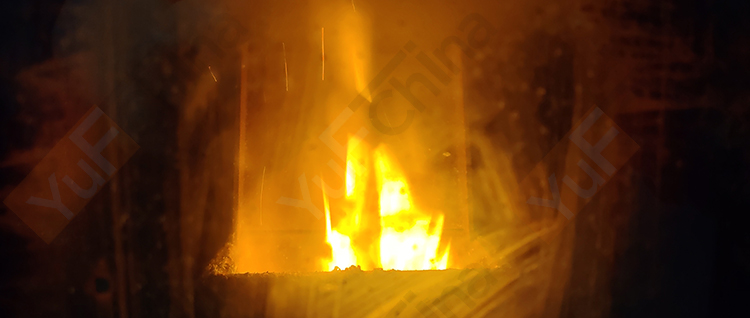
Generally speaking, wood pellets generate greater heat during combustion due to its high content of wood fiber. On the other hand, biomass pellets make great usage of the recycle resource and maximize economic benefits.
Different in Ash Content:
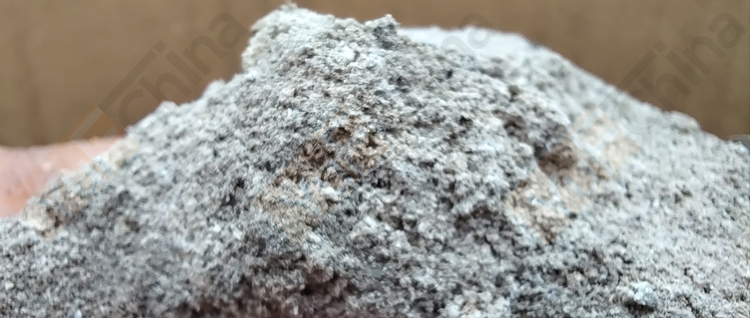
Ash Content is the key data for the market price of fuel pellet. Normally wood pellets will produce less ash while burning than the biomass pellet. This directly impacts environmental consequences and post-combustion handling.
Conclusion:
In summary, understanding the unique characteristics of wood pellets and biomass pellets plays a crucial role in harnessing their potential as renewable energy sources. By considering these differences, we can make informed decisions and contribute to a greener and more sustainable future.

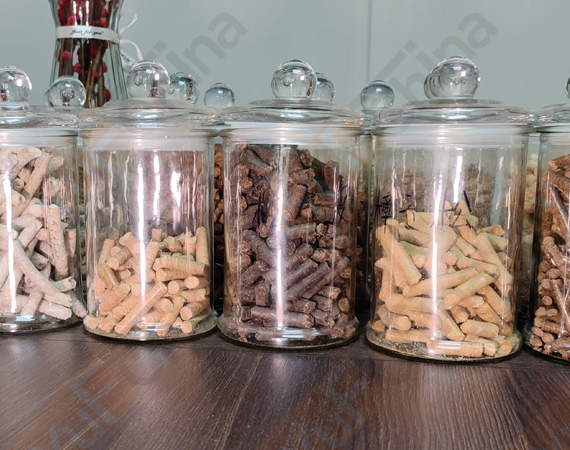
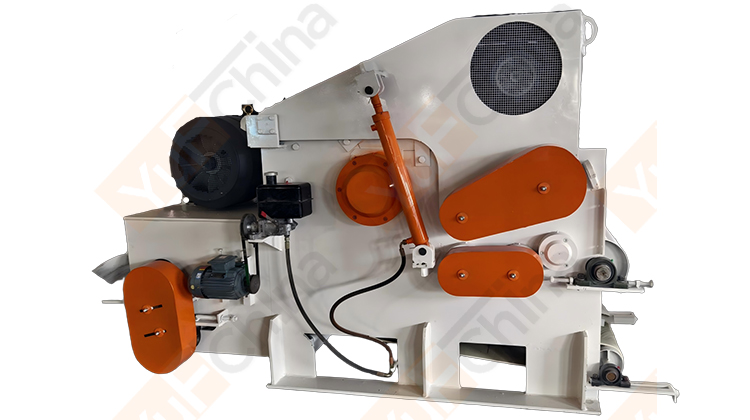
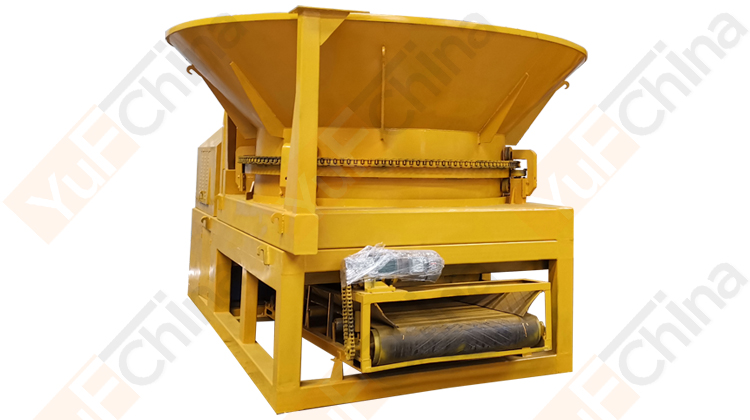
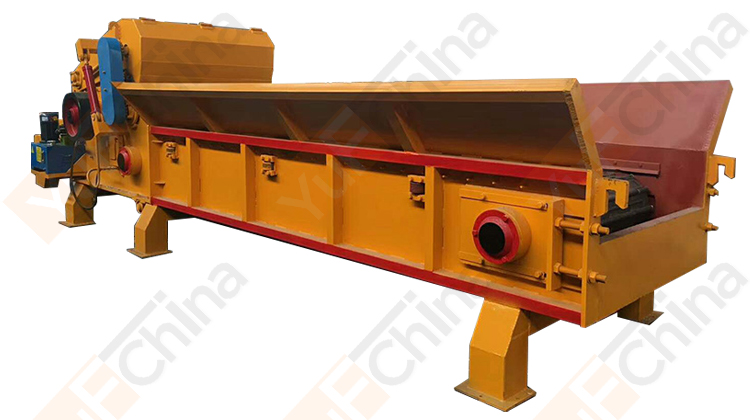
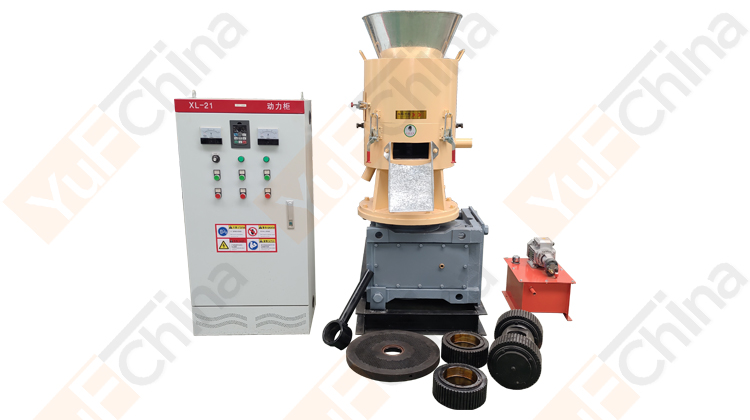
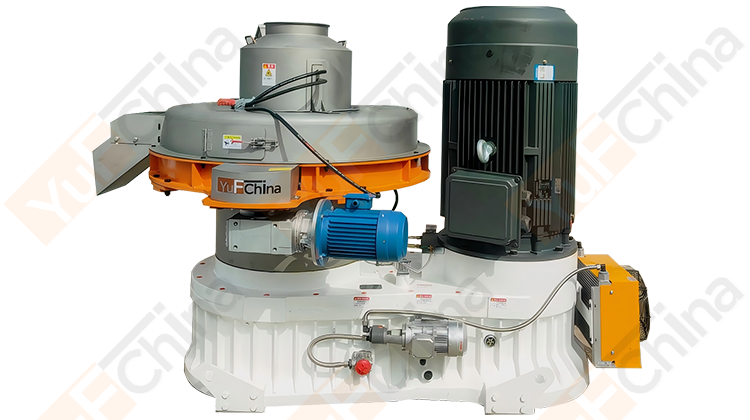
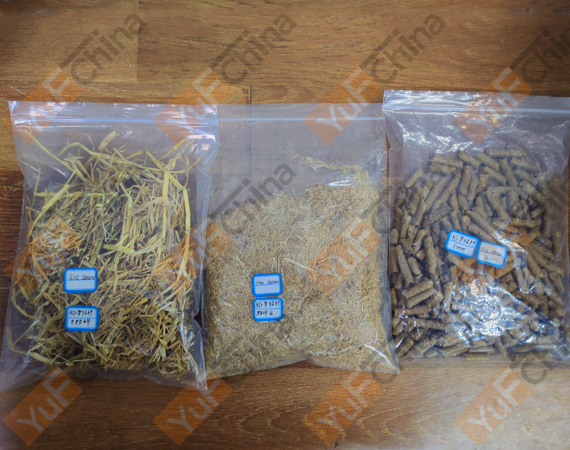
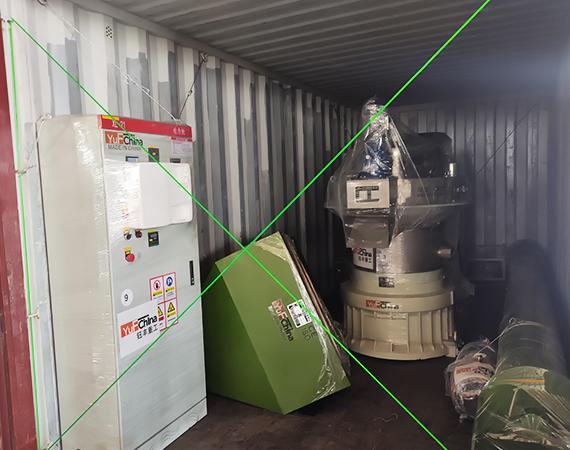
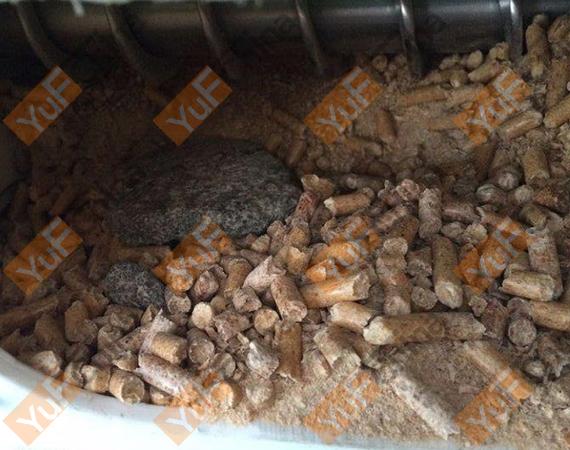
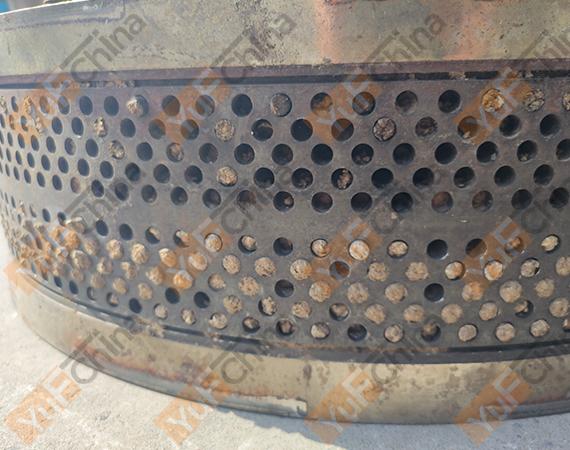
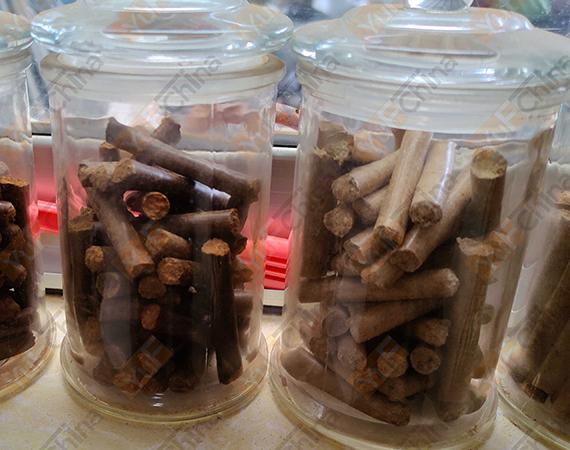
GET IN TOUCH WITH US